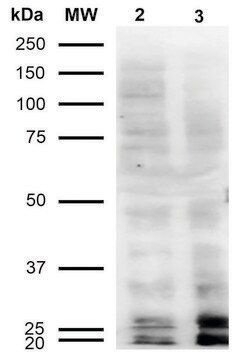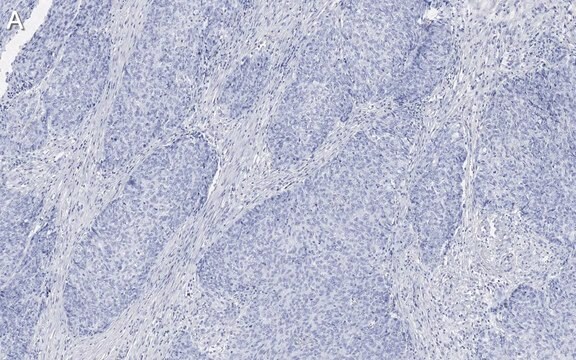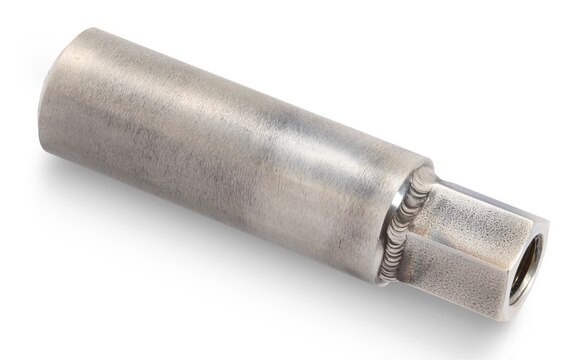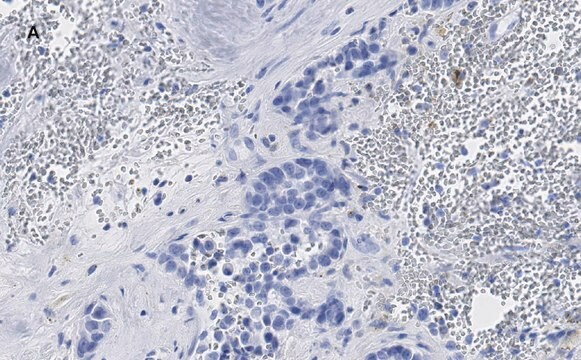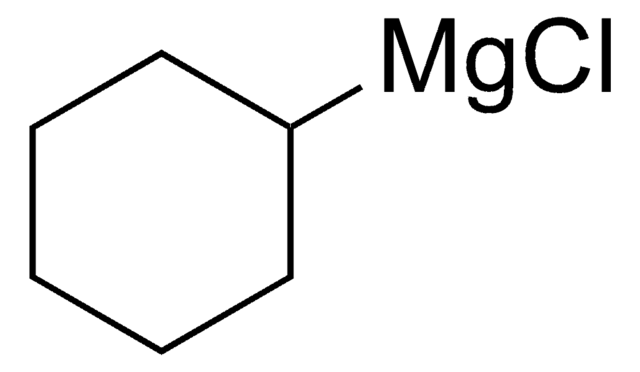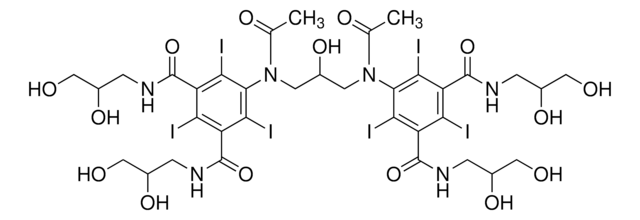推荐产品
生物源
mouse
品質等級
共軛
FITC conjugate
抗體表格
purified immunoglobulin
抗體產品種類
primary antibodies
無性繁殖
HUTS-4, monoclonal
物種活性
human
製造商/商標名
Milli-Mark®
技術
flow cytometry: suitable
同型
IgG2b
NCBI登錄號
UniProt登錄號
運輸包裝
wet ice
目標翻譯後修改
unmodified
基因資訊
human ... ITGB1(3688)
一般說明
Integrin beta 1, also known as CD29, is a 130 kDa transmembrane glycoprotein that forms noncovalent complexes with various Integrin alpha subunits 1 to 6 (CD49a to CD49f) also known as Very Late Antigens (VLA). CD29 is also called platelet GPIIa. The antigen mediates cellular adhesion and has broad cellular reactivity, but is not expressed by erythrocytes. In normal peripheral blood it is found on a subset of CD4+ and CD8+ T lymphocytes and on a minority of B lymphocytes. The "inducer" subpopulation of CD4+ lymphocytes co-express CD4 and CD29.
應用
Milli-Mark Anti-Integrin β1-FITC Antibody, activated, clone HUTS-4 is an antibody against Integrin β1 for use in FC.
品質
Evaluated by flow cytometry using A431 cells.
標靶描述
88 kDa Calculated
其他說明
Unconjugated antibody Cat. No. MAB2079Z is known to react with Rat.
法律資訊
MILLI-MARK is a registered trademark of Merck KGaA, Darmstadt, Germany
未找到合适的产品?
试试我们的产品选型工具.
儲存類別代碼
12 - Non Combustible Liquids
水污染物質分類(WGK)
WGK 2
閃點(°F)
Not applicable
閃點(°C)
Not applicable
J Meller et al.
Journal of thrombosis and haemostasis : JTH, 10(7), 1397-1408 (2012-05-09)
Kindlin-3 is a novel integrin activator in hematopoietic cells, and its deficiency leads to immune problems and severe bleeding, known as leukocyte adhesion deficiency III (LAD-III). Our current understanding of Kindlin-3 function primarily relies on analysis of animal models or
Dwayne A L Vickers et al.
PloS one, 8(6), e65828-e65828 (2013-06-14)
Adhesion-based microfluidic cell separation has proven to be very useful in applications ranging from cancer diagnostics to tissue engineering. This process involves functionalizing microchannel surfaces with a capture molecule. High specificity and purity capture can be achieved using this method.
我们的科学家团队拥有各种研究领域经验,包括生命科学、材料科学、化学合成、色谱、分析及许多其他领域.
联系技术服务部门

